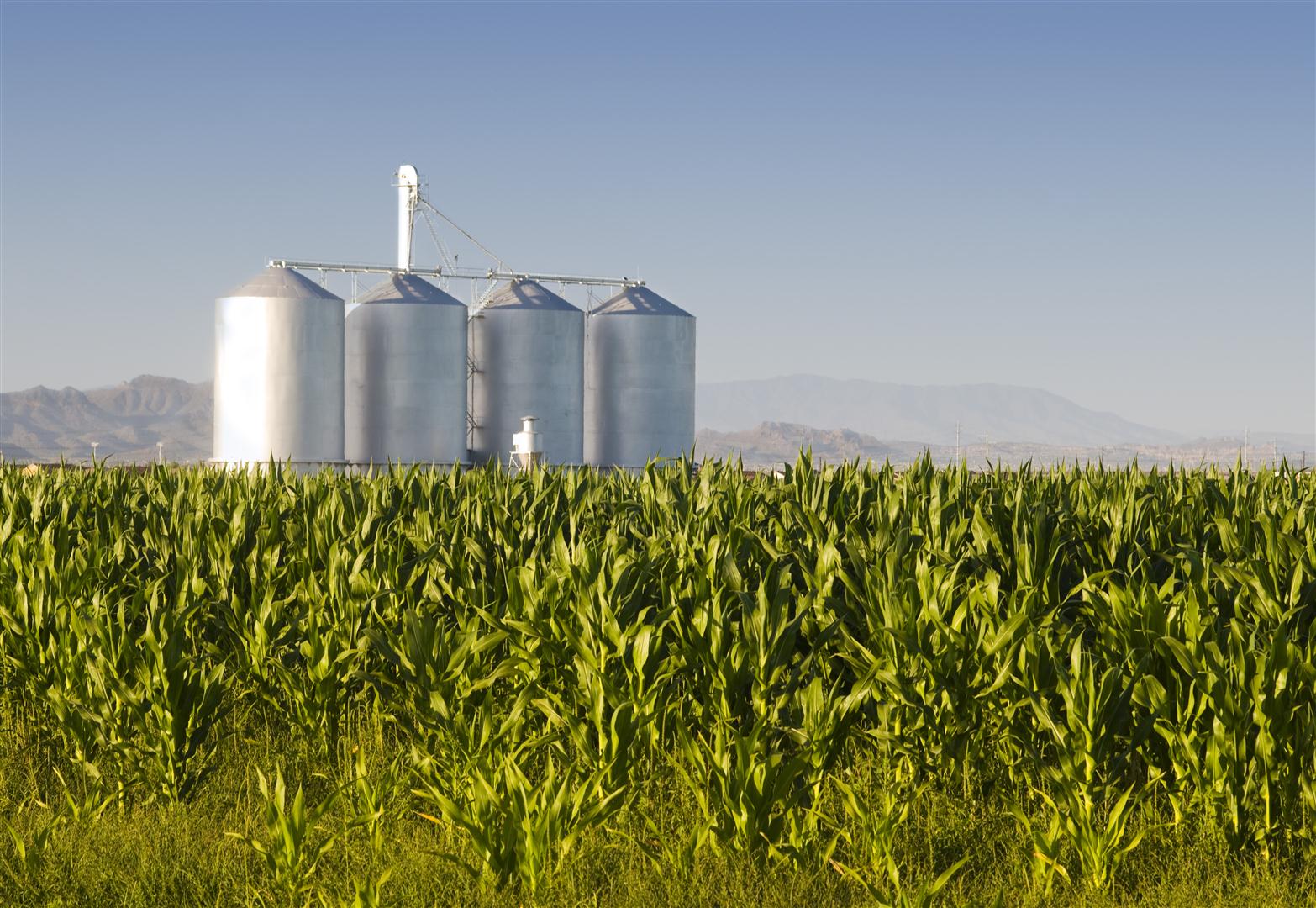Small Business
How to Turn Agricultural Clients into Agribusiness Clients
Our goal is to turn agricultural producers into agribusiness producers. We want to help the agribusiness producer to think and make decisions as a business owner. We strive to challenge these producers from decision-making based on emotions or tax ...
May. 22, 2017

Many agribusiness clients are often surprised to hear that their gross receipts are higher than many other businesses in their geographic area. This leads to the discussion of gross receipts versus bottom line profitability. Without a good method of record keeping it is impossible for agribusinesses to know how their operations are really performing. Agricultural income is often distorted by prepaid expenses, large machinery purchases, and deferred revenues.
Our firm’s agricultural committee has created a standard chart of accounts for agricultural clients to use within their QuickBooks file. This has been helpful in getting clients’ electronic record keeping systems set up quickly and uniformly. Having a uniform chart allows our accounting support to take questions from various agricultural clients and answer these questions effectively and efficiently. Our standard chart of accounts follows more of a manufacturing style with cost of goods sold to help keep track of direct input costs, as they relate to both grain and cattle production.
Our goal is to turn agricultural producers into agribusiness producers. We want to help the agribusiness producer to think and make decisions as a business owner. We strive to challenge these producers from decision-making based on emotions or tax consequences, which tends to drive many agricultural producers decisions.
Taking this a step farther, we want to challenge agri-business producers to look at both the cash basis (which is what we use for tax basis) and accrual basis, which is much more business based. By reviewing accrual basis numbers, the producers have the opportunity to truly evaluate the costs versus income for the year. This provides them with a more accurate picture of how their operations have performed. This process is a little tougher to perform in QuickBooks while maintaining an efficient way to perform the accrual basis reporting to cash basis reporting for tax planning and preparation purposes. This is due to the fact that a true accrual basis books would classify the prepaid expenses as assets (not expenses), record inventory, and record deferred income. Ideally, the accrual basis reporting would record book depreciation instead of tax depreciation.
When we set up a QuickBooks client (whether desktop or QuickBooks Online), we work closely with the client to establish an accurate balance sheet. This is especially important for the producer to be able to help them understand the dynamics of their balance sheet and to help advise and manage their agri-business. This is also important for the client to review and manage their liabilities, both in the terms of amount and structure.
We use QuickBooks products due to the ease-of-use and training, ease of transfer to accountants, and the cost effectiveness. QuickBooks Online has brought another dimension in the seamlessly integration with banking institutions and credit card companies. It has also made client support much more efficient by having access to real time information and eliminating backups and back and forth information with our staff.
